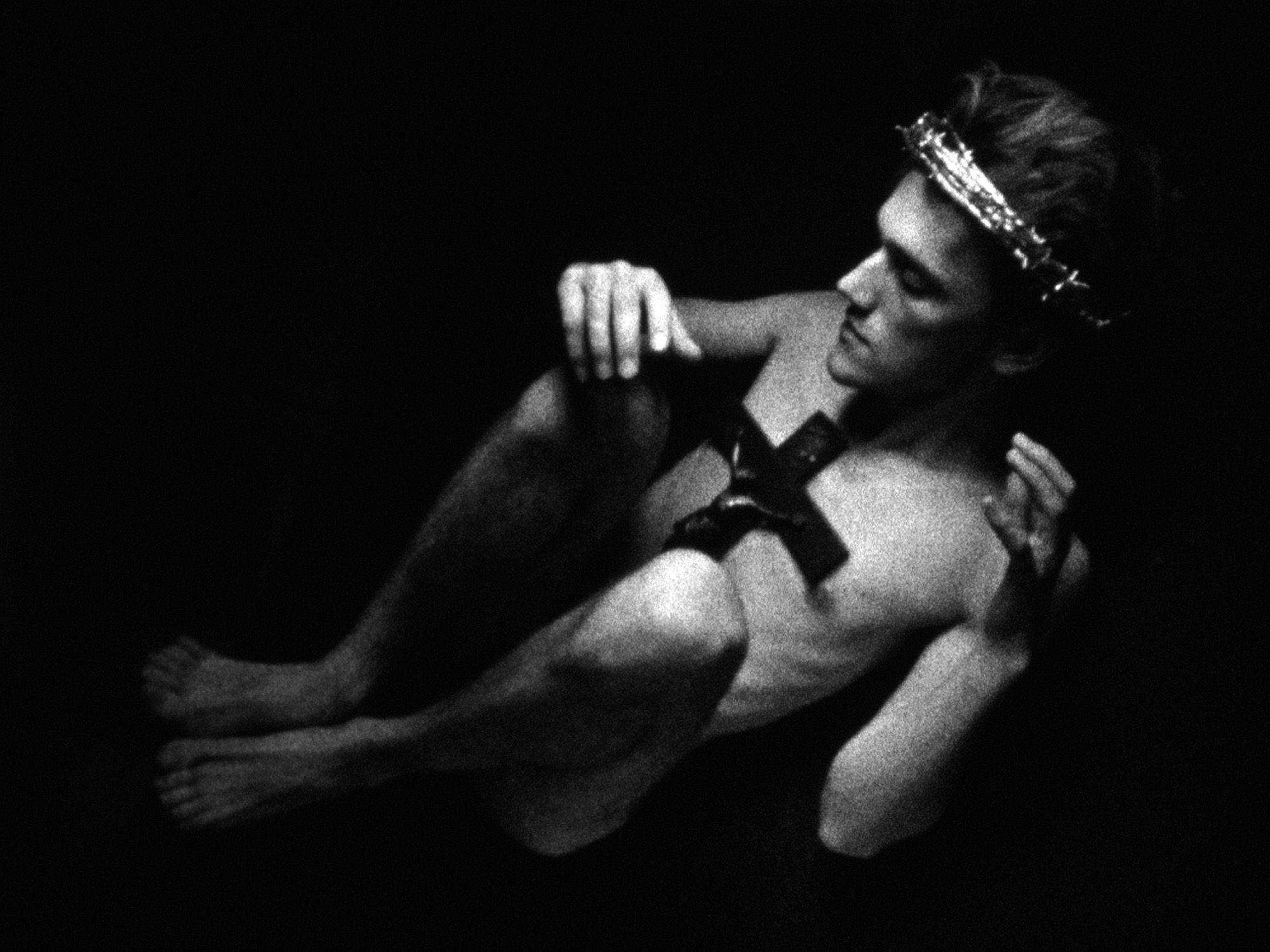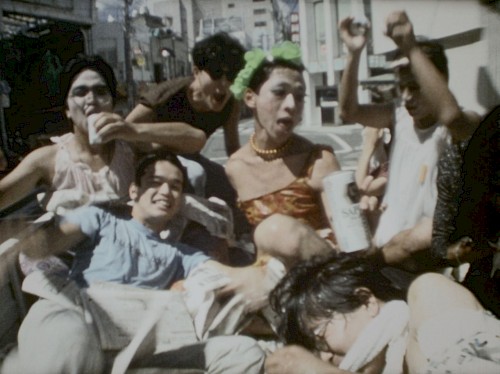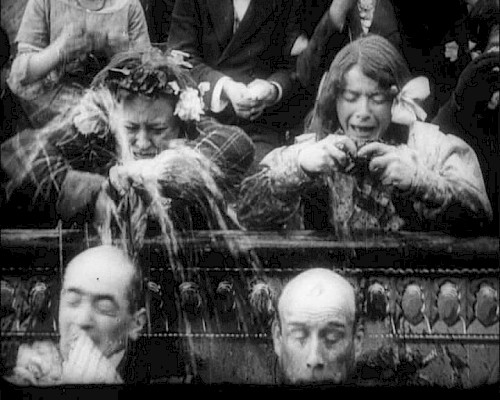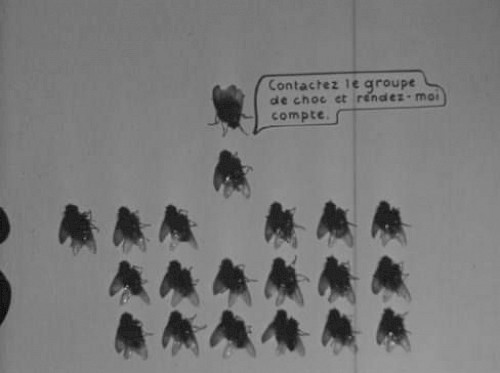75004 Paris
Session as part of the Festival des Cinémas Différents et Expérimentaux de Paris.
Programmed and presented by Theo Deliyannis
In the presence of Michael Brynntrup
For the first time in France, the “underground” adaptation of the New Testament orchestrated and interpreted by Michael Brynntrup, a central and controversial figure in Berlin’s independent community, will be presented at the Saint-Merri church. Jesus der film is a monumental feature film made up of thirty-five episodes, shot in Super 8 by twenty-two filmmakers from the GDR and the FRG during 1987, on the model of an exquisite corpse. For the first time in France, the “underground” adaptation of the New Testament orchestrated and performed by Michael Brynntrup, a central and controversial figure in Berlin’s independent community, will be presented at the Saint-Merri church. Jesus der film is a monumental feature film made up of thirty-five episodes, shot in Super 8 by twenty-two filmmakers from the GDR and the FRG during 1987, on the model of an exquisite corpse.
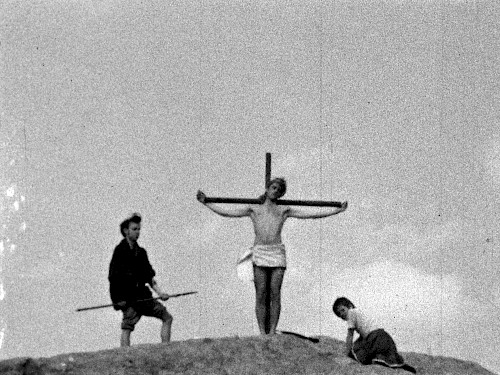
Michael Brynntrup
